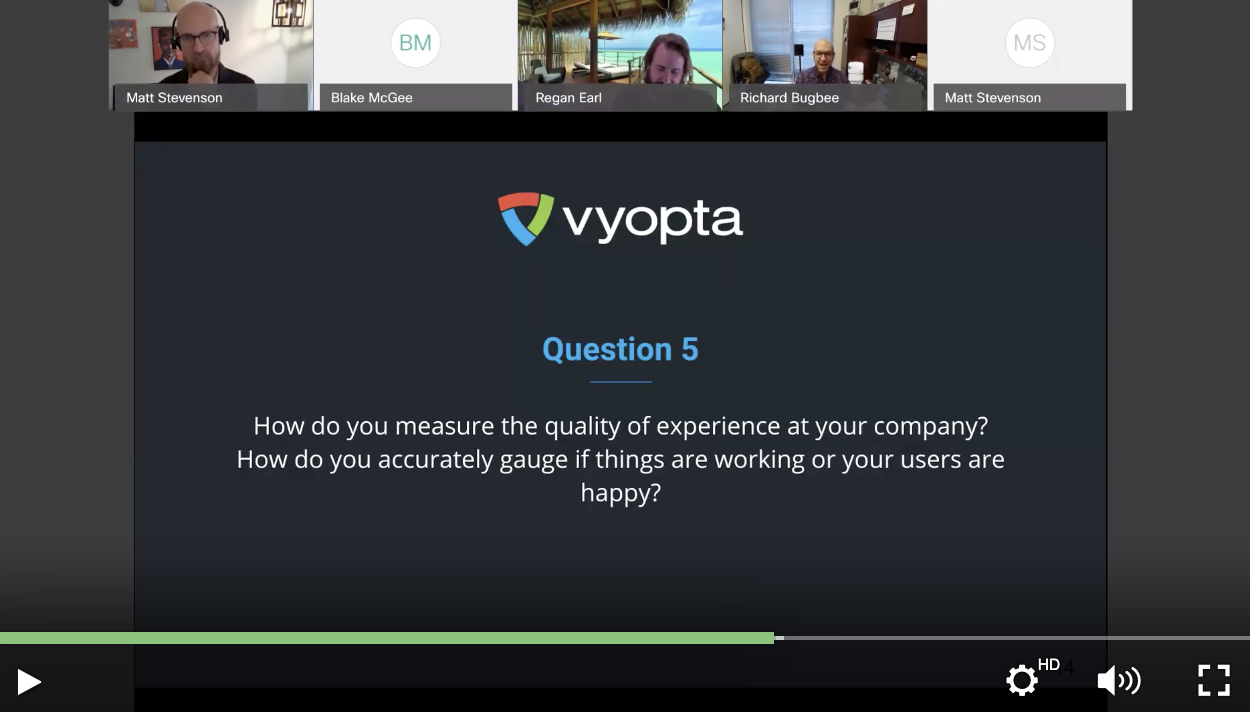As students eye summer, educators and administrators plan to spend the summer preparing for distance learning.
The traditional school calendar for both K-12 and higher education systems has been thrown out the window because of the effects of the Covid-19 pandemic. Many have growing concerns that a full-scale return to the classroom in the fall won’t happen because of a possible second wave of virus transmission.
That uncertainty means educational systems that have normally been able to use the summer months for making long-planned changes and improvements to their technical capabilities will have to make important decisions about how to strengthen and improve their distance learning networks to handle high-volume usage for most of the 2020-21 school year. The good news is that the federal government has acknowledged how important it is for all schools and higher education facilities to have robust online video capabilities to reach students remotely, with the funds becoming available to pay for increased capacity along with loosened requirements for pre-approvals ahead of a purchasing decision.
Rural and small districts – now defined as communities with up to 50,000 residents – are eligible for three-year grants of up to $1 million from the USDA to pay for improved distance learning and telemedicine capabilities. And that is just one of the programs available to help educators as they start to deliberate on purchases that need to be made soon, which will need to be justified when it comes time to audit the results of how they performed.
Vyopta’s Kjierstin Layton said this summer is likely to be a “demand for readiness” time in the education world because of the pressure to make the right decisions on remote video and collaboration purchases.“The funding sources that are coming down are wide open, which is a little scary because there aren’t a lot of guidelines. The federal government and the US Department of Education have given broad approvals in many cases for technology resources needed to support distance learning. Because of this; many won’t need a contract or the traditional RFP process followed,” she said. “It’s a bit of a reactive time period, that if not well measured, could be very hard to manage later.”
Students Are Ready For The Shift
The hurried move to distance learning in the spring amid concerns over the virus’ spread has been followed by worry over the efficacy of trying to teach students who are completely removed from the classroom.An important consideration in evaluating schools’ performance and funding will be having the right data that can show students were logged on and engaged throughout a class period, and that the quality of the video call was consistent.
Betsy Webb, an advisor to Vyopta on educational issues and former head of the education team for Microsoft, said educators need to embrace the fact that today’s students have lived most of their lives with heavy digital interaction. The key to good teaching, she said, is knowing how students and teachers are best interacting by paying attention to usage of online platforms and how meaningfully they interact in one-on-one or group settings online.
“If the student curriculum required you to fill in a form or to take an assessment, and it isn’t just about the presentation and video engagement but what materials are coming back… it’s partially a matter of how many solutions you’re asking faculty members or the school to rely on in its business,” she said. “It turns out that children are probably more comfortable than adults at using multiple platforms and we as adults don’t need to be hung up on that, unless it affects the delivery of the education product. “Distance learning accelerates students’ and faculty use of new and different technology. Right now children of the world were born in the age of the iPhone and their lives have always involved a screen, and it’s not foreign to them at all.”
Prepare Now, Build For Later
Making the right decisions about platforms and manufacturers of distance learning resources will require leaders at the executive level to get a full assessment of what they have on hand, how well everything performed once demand spiked from March onward, and how things will need to improve for the coming school year.
Layton said summer 2020 will be vastly different in terms of procurement levels. “Most of the time in the summer what they’re doing is upgrading classrooms, putting new technologies in, adding new screens and monitors. That’s not what people are going to be looking for this summer,” she said. “They’re going to be looking for these hosted environments and asking if they have the infrastructure to support long term distance learning. At the Dean and Superintendent level, there should be questions around, what do I have to not only provide my current environment with a level of technology needed, but what else do I need to grow capacity-wise if I’ve got to sustain distance learning for another six to 12 months? Do I have enough infrastructure and the technology to support that? And if not, how do I evaluate that so when my funding or a grant that I sought out becomes available, I can have a very clean story as to why I sourced those components.”
Just like in school work, it is expected that early preparation is crucial to know what a school system needs to best scale up distance learning. With the right data, administrators can take advantage of unprecedented levels of funding that can be used to enhance remote education infrastructure for years to come.
As part of our response to the Covid-19 pandemic, Vyopta is currently offering a free trial to help IT teams support massive expansion in distance learning.
Chad Swiatecki is a business writer and journalist whose work has appeared in Rolling Stone, Billboard, New York Daily News, Austin Business Journal, Austin American-Statesman and many other print and online publications. He lives in Austin, Texas and is a graduate of Michigan State University. Find him online on LinkedIn.








